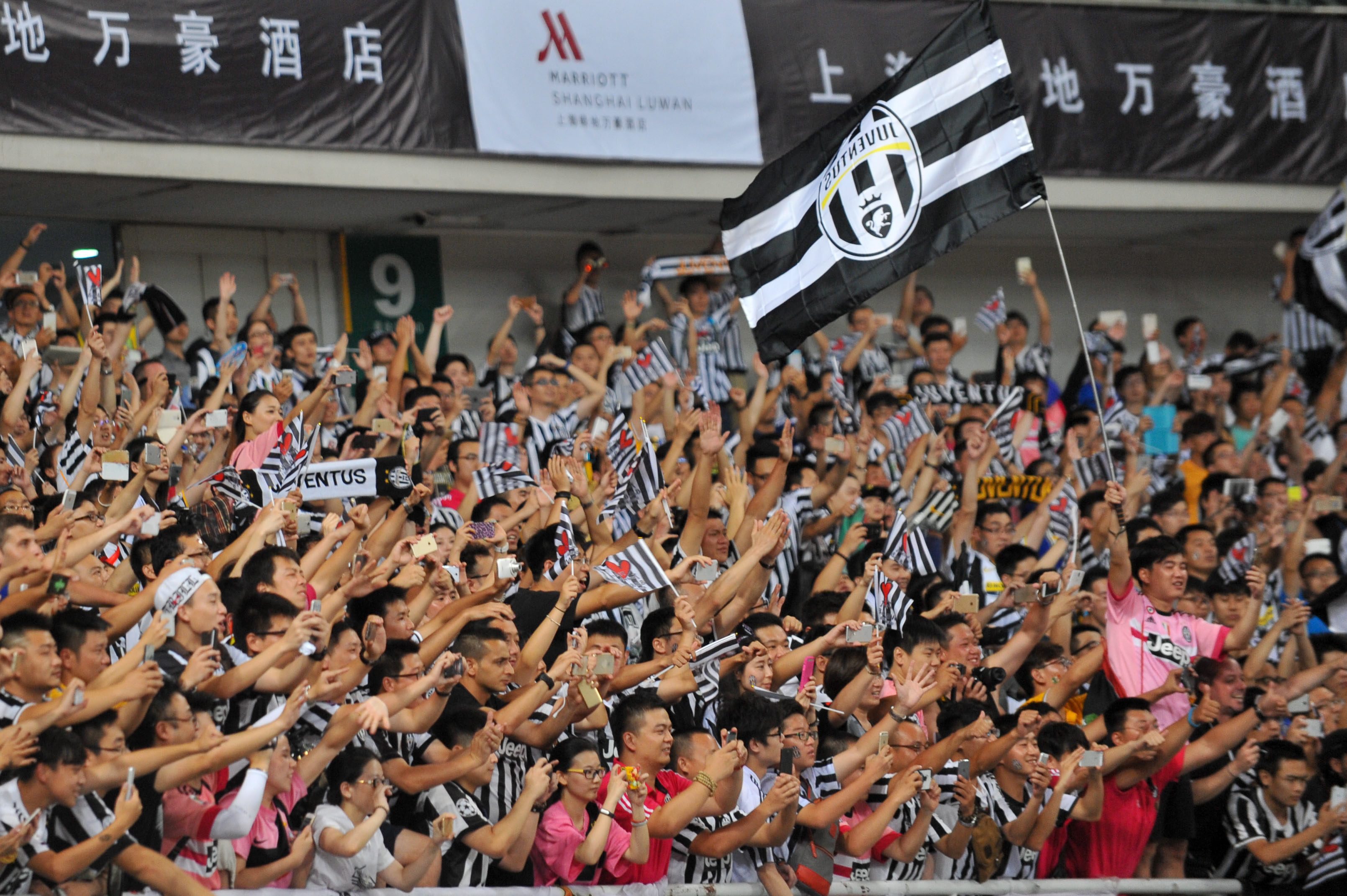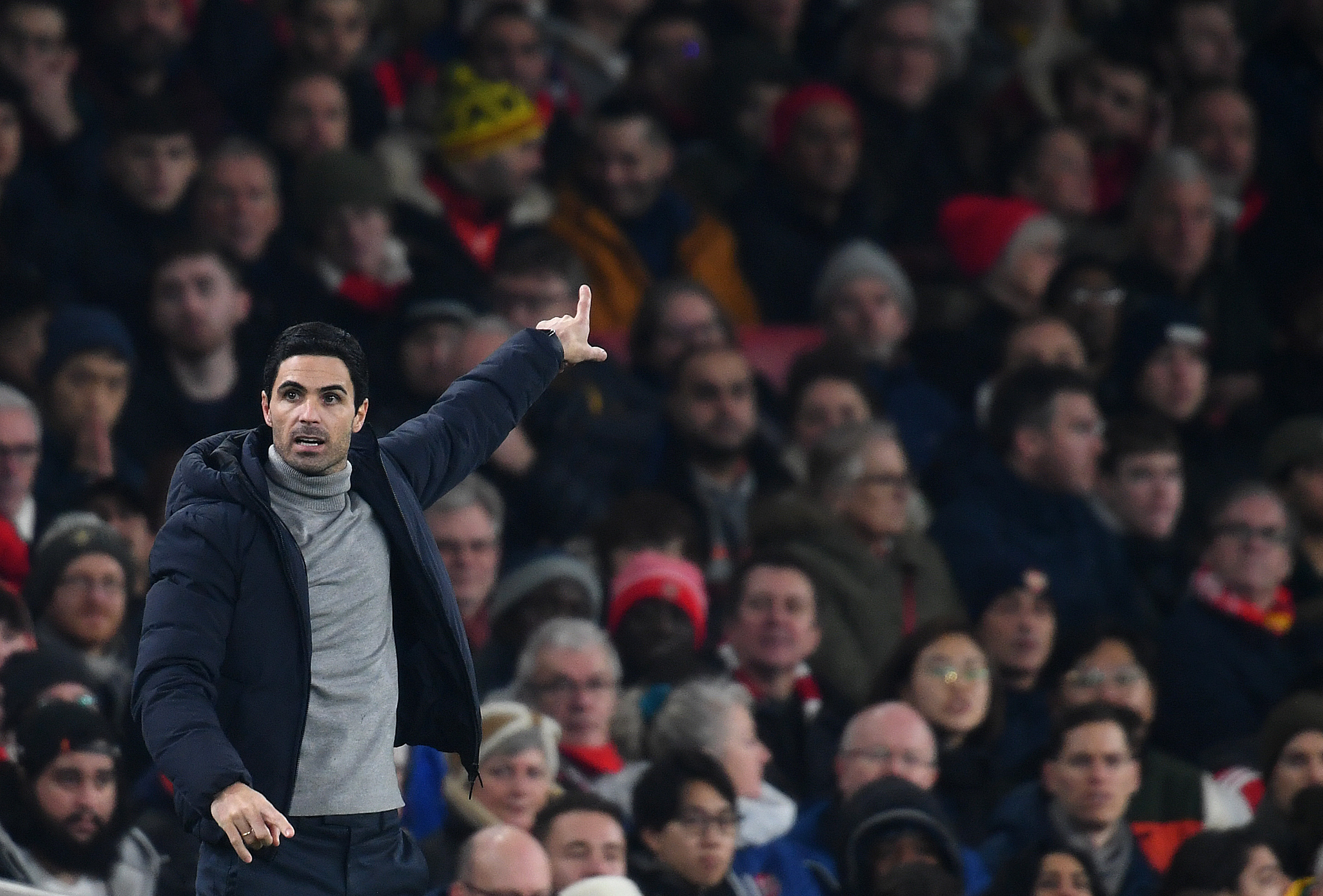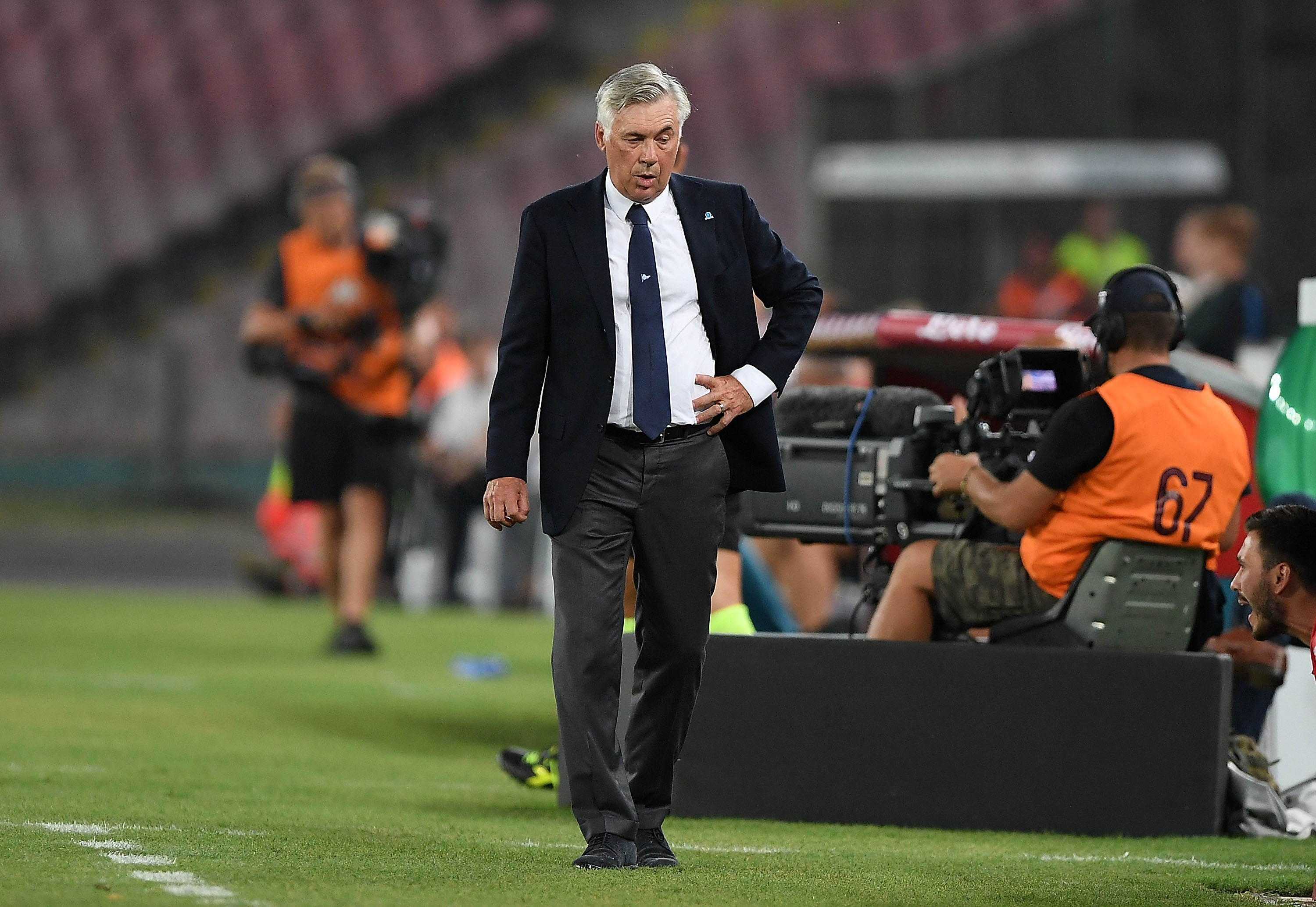Erstwhile footballing powerhouse India had lost it’s status as a dominant force in the Asian continent way back in the early 70s. Besides winning a couple of Asian Games titles in 1951 and 1962, and the fourth place finish in the 1956 Melbourne Olympics, team India hardly tasted any notable success since then. The 1964 AFC Asian Cup runner-ups had last qualified for this prestigious tournament in 1984, when they went out from the group stage without even scoring a single goal in their campaign. After a long 26 years wait, when Baichung Bhutia-led men in blue once again made it to the final stage for Asian Cup 2011, it created a lot of positive vibes among Indian fans.
Under British coach Bob Houghton, team India has performed reasonably well to win three international tournaments in the last three years. As per the preparation plan laid out by Houghton, the Indian squad has gone through year long training camp which includes tour to UAE, Portugal preparatory camp, friendly matches against European club sides and other Asian nations. On 28th November, the Indian coach ultimately declared the final list of 23 players who would be entrusted with the responsibility to bring back the glorious old days for the beautiful game in this country. Let’s take a look at the Indian squad and analyze their strengths and weaknesses.
–
Goalkeepers:
Subrata Pal, Subhashish Roy Chowdhury, Gurpreet Singh Sandhu
Goalkeeping is perhaps the only department which looks quite dependable. The ‘Flying Eagle’, Subrata Pal has been the key source of inspiration behind India’s success in recent past. In-fact it was his brilliant performance in the AFC Challenge Cup which has earned the country the ticket to participate in AFC Asian Cup. Indian faithful will hope for similar performance from the experienced campaigner.
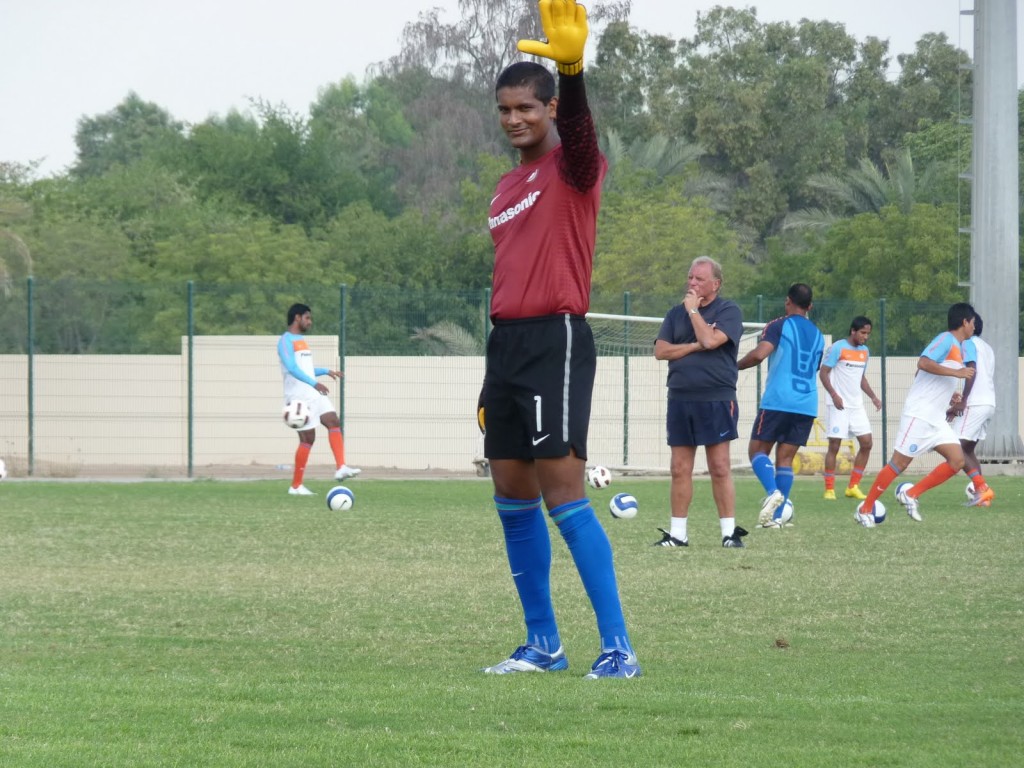 Ever reliable Subrata Pal – the Flying Eagle
Ever reliable Subrata Pal – the Flying Eagle
–
The reserve bench also looks reliable with Subhashish Roy Chowdhury and young Gurpreet Singh Sandhu both capable of producing stellar performances from under the bar. Such healthy competition between three very good goalkeepers to grab the number 1 position would certainly bring the best out of them.
–
Defenders:
Surkumar Singh, Gourmangi Singh, Anwar Ali, Mahesh Gawli, Deepak Mondal, N.S. Manju, Rakesh Masih, Syed Rahim Nabi, Govin Singh
On paper, with big names like Surkumar, Mahesh, Gourmangi, et al, the Indian defence looks capable enough. But in fact it’s the department which has been letting India down in the recent past against African/Asian countries and East Asian club sides. Bob Houghton, like most of the British coaches, prefers a strong four-men defence line with long-ball counter-attacking tactics; moreover, this strategy emphasizes on having a water tight defence with quick fullbacks capable of producing good long crosses for the strikers to deliver in case of quick counter attacks.
Bob’s first choice defence line over the course of the year has been Surkumar Singh at the right full-back, Gourmangi-Anwar Ali combination at the heart of the defence with N.S. Manju taking up the responsibility at left wing-back position. Veteran central defensive pair of Mahesh Gawli – Deepak Mondal were relegated to bench; while Rahim Nabi and Rakesh Mashi serve as the cover for the full back slot; which means Houghton does have enough resources in hand in-case of any injury set-backs.
However, Surkumar is not getting any younger and has lost a yard of pace. N.S. Manju could not get enough match time under his belt due to a recurring ankle injury, whereas of late there was enough evidence on the pitch to assume that India’s central defence pairing of Gourmangi and Anwar are barely known to each other, such was the understanding, or rather the lack of it, between them.
Houghton may just think to field Mahesh Gawli ahdead of N.S. Manju on the left back considering the latter’s lack of match practice. The other first choice defenders are expected to retain their place in the starting line-up.
–
Midfielders:
Steven Dias, N.P. Pradeep, Climax Lawrence, Clifford Miranda, Renedy Singh, Mehrajuddin Wadoo, Baldeep Singh
The unavailability of regular left winger Anthony Pereira due to injury just at the stroke of the tournament is a big blow for team India. In the absence of Anthony, Clifford Miranda is expected to feature on the left wing. Steven Dias, the Desi Beckham, remains an integral part of the team and his dead ball prowess can be vital for the team’s fortune. N.P. Pradeep and Climax Lawrence will certainly feature at the heart of the midfield when India faces Australia on January 10th. However, Climax has lost a yard of pace and Pradeep has just returned from an month long injury lay-off. It will be interesting to see if they are still capable of recreating their old magic in the centre of the park.
Renedy Singh, a versatile player who can play both as a winger and central midfielder, will add variety to this midfield with his creativity as a second half substitute if India is in need to score. He is also a dead ball specialist with his curling pin-point delivery from free-kicks and corners. The other two midfielders in the squad, Mehrajuddin Wadoo and Baldeep Singh can be deployed as a blocker or defensive screen. One of them will come into picture if India needs to hold on to an early lead.
So it’s evident that the Indian midfield reserve bench lacks proper cover for the creative midfielder role. Many football analysts and the fans reckon that it would have been well and good for the team if Bob Houghton would have picked East Bengal’s Mehtab Hussain, who has been enjoying a rich vein of form this season, playing as the deep-lying play-maker. His creativity and vision would have been vital and with a very high work rate, he could have helped out the defenders as a destroyer to break opposition’s rhythm when in need. Similarly, Mohun Bagan’s Snehashish Chakraborty should have found a place in the final-23 as a cover for Clifford Miranda.
–
Strikers:
Baichung Bhutia [c], Sunil Chhetri, Abhishek Yadav, Sushil Kumar Singh
Even India’s much illustrious rivals will be aware of the potent threat named Baichung Bhutia, who at a ripe age of 35, is still capable of producing magical momments of brilliance. However, the Sikimese Snipper’s fitness is a cause of concern. He is out of competitive games for over six months now and even though media reports suggest that he has regained full fitness and is practising very hard with the entire team, the Indian faithful will not be convinced before they watch the skipper back in live action. He remains the role model and inspirational figure for the rest of his team-mates and a fit again Baichung can tear apart any opposition defence on his day.
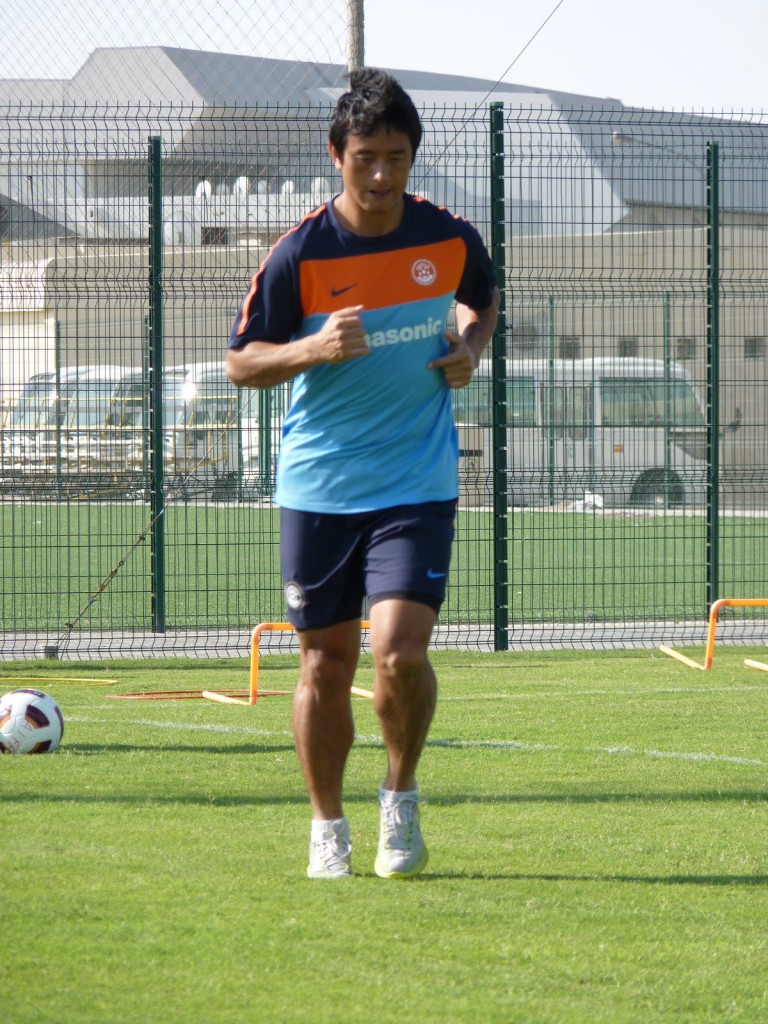 Indian faithful will expect magical performances from the talisman.
Indian faithful will expect magical performances from the talisman.
–
Partnering him upfront will be Kansas City Wizard striker Sunil Chhetri, who has already proved that he has the ability to guide the forward line even during his Captain’s absence. If Baichung-Sunil combo can gel well and reproduce their old rhythm, India may fency their chances to score against the much stronger Asian rivals. Promising Abhishek Yadav and young Sushil Kumar Singh will act as the cover for the experienced striker duo.
Mohammed Rafi unexpectedly faced the axe and this decision raised a few eyebrows, with football analysts having the belief that the lanky striker would have proved to be a better bet compared to Sushil Kumar Singh. Only time will tell whether Houghton has got his choices right or Team India has to pay for the selection goof-ups.
–
Expectations:
When India won the AFC Challenge Cup to qualify for the Asian Cup 2011, it was a moment to celebrate and relish for the Indian fans. The expectations reached sky high with Houghton at the helm of affairs, backed by impressive performance from the team. The fans were beginning to dream again. However, the roaring expectations seem to have settled down a bit after some insipid performances in the preparatory friendly matches. When pitted against quality opponents like Kuwait, Iraq, Yemen – Bob and his men, and the supporters too, had the reality check that we are still way behind in terms of development and quality compared to the mighty Australians and South Koreans.
It will be highly optimistic on the parts of any Indian fan to hope for a second round berth from this strong group. Nobody expects India to produce winning results against their Group-C opponents Australia, Bahrain or South Korea – a group which has widely been dubbed as the group of death. Perhaps even a draw against the relatively less-stronger Bahrain seems to be a distant prospect. It’s a matter of pride for the players that India is back in the elite group of Asian football and that they are getting an once-in-a-life-time opportunity to play in the prestigious AFC Asian Cup. The Indian fans will be happy as long as the players plays their hearts out and produce spirited performances on the pitch. It’s a learning curve for the young players and the experience they will get from this exposure will certainly help in raising the standard of the beautiful game in our country.
Chak De India!
–
Other articles on AFC Asian Cup
For India’s past performances in AFC Asian Cup click here.
For AFC Asian Cup Daily Dose of Updates click here.


